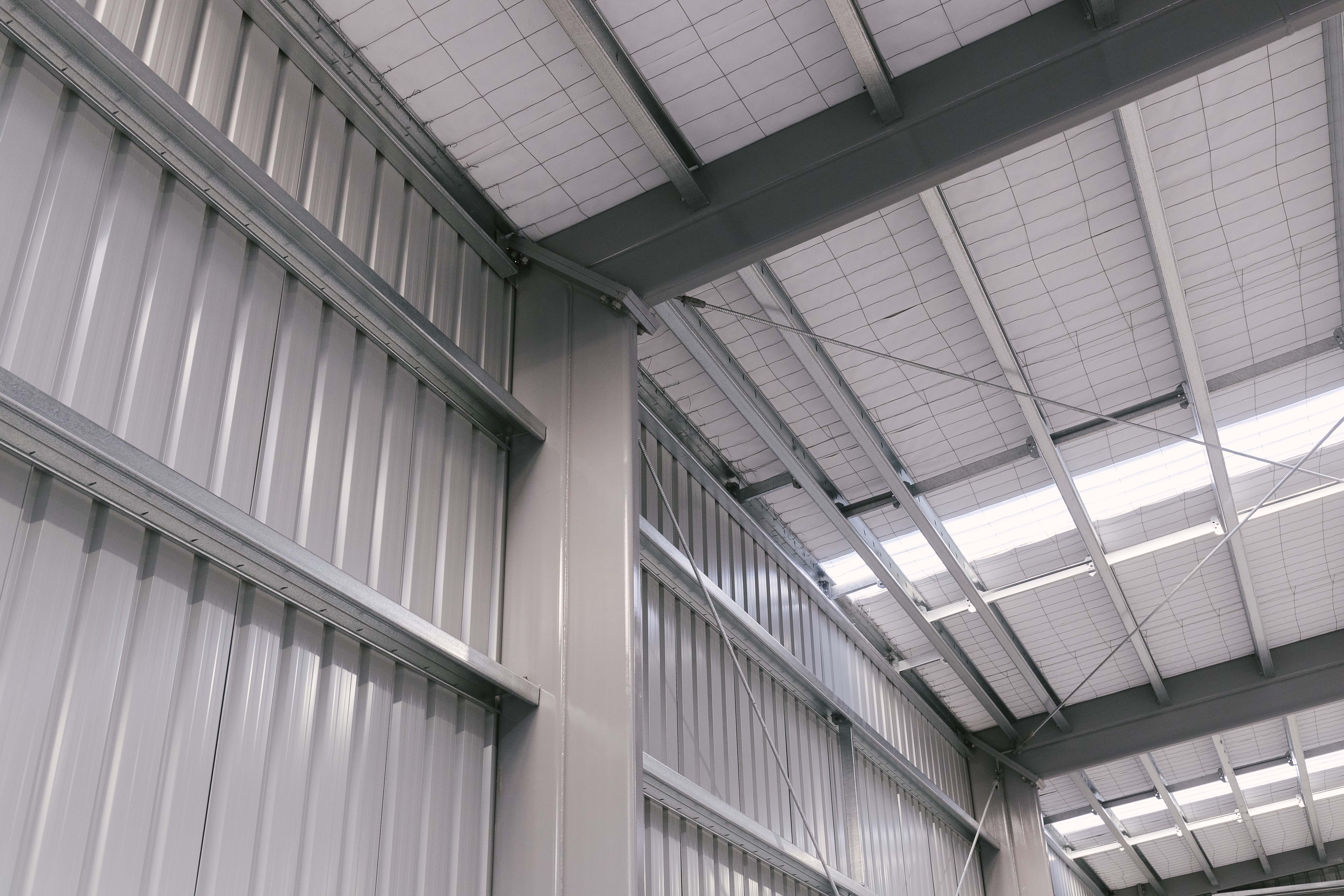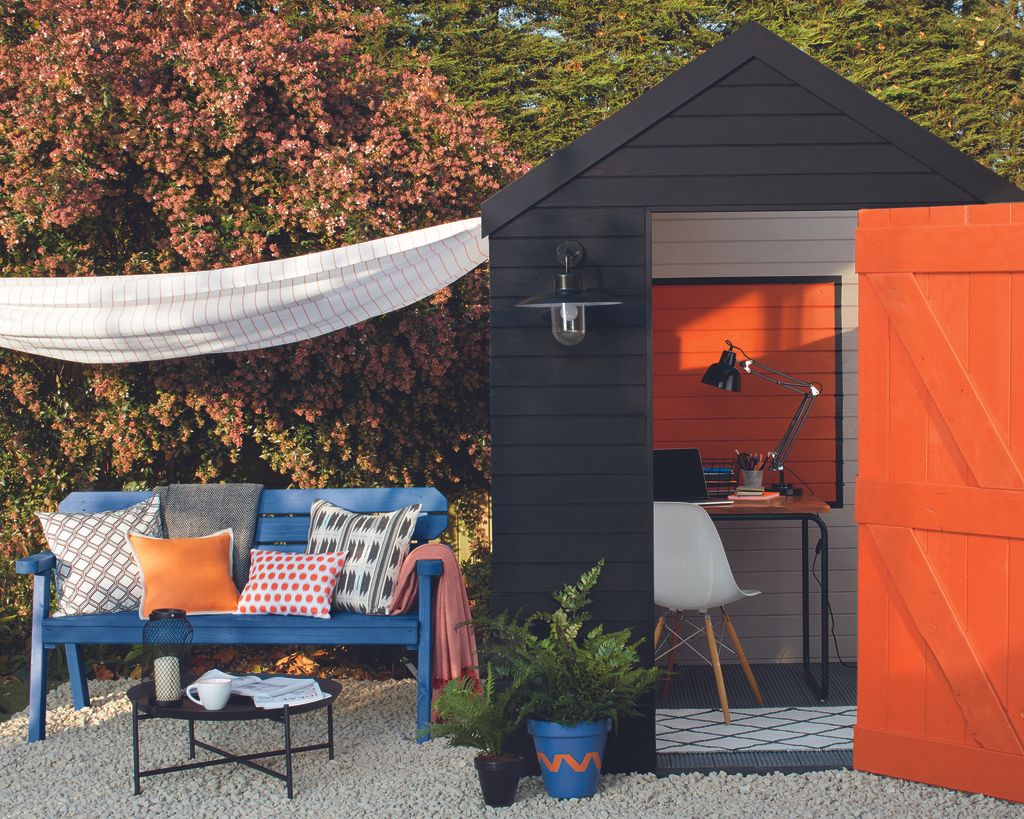Why Protective Coatings Matter
Protecting a metal shed from the elements is crucial to extend its lifespan and maintain its appearance. Without a protective coating, metal sheds are prone to rust, corrosion, and weathering, which can lead to costly repairs and even structural damage. A high-quality paint for a metal shed provides a durable barrier against the elements, shielding the metal from moisture, UV rays, and extreme temperatures. By applying a specialized paint for a metal shed, homeowners can enjoy a range of benefits, including improved durability, enhanced appearance, and increased resistance to the elements. In fact, a well-applied coat of paint can extend the life of a metal shed by up to 50%, making it a worthwhile investment for any homeowner.
Choosing the Right Paint for Your Metal Shed
When it comes to selecting a paint for a metal shed, there are several key factors to consider. Durability is crucial, as the paint must be able to withstand the elements and last for years to come. Adhesion is also essential, as a strong bond between the paint and the metal surface is necessary to prevent peeling and flaking. Additionally, UV resistance is vital, as metal sheds are often exposed to direct sunlight, which can cause the paint to fade and degrade over time. Furthermore, compatibility with metal surfaces is a must, as some paints may react with certain metals, leading to corrosion and damage. By considering these factors, homeowners can choose a high-quality paint for a metal shed that will provide long-lasting protection and a beautiful finish.
How to Prepare Your Metal Shed for Painting
Before applying a paint for a metal shed, it’s essential to prepare the surface to ensure a smooth and even finish. The first step is to clean the metal shed thoroughly, removing any dirt, grime, or oil residue that may be present. This can be done using a pressure washer or a mild detergent and water. Next, use a wire brush or sandpaper to roughen the surface, creating a texture for the paint to adhere to. Any rust or corrosion should be sanded away, and any holes or gaps should be filled with a metal patching compound. Once the surface is clean and smooth, apply a primer specifically designed for metal surfaces. This will help the paint adhere and create a strong bond. Finally, allow the primer to dry completely before applying the first coat of paint. By following these steps, homeowners can ensure a professional-looking finish and a long-lasting paint job.
Top-Rated Paints for Metal Sheds: A Review
When it comes to selecting a paint for a metal shed, there are numerous options available on the market. To help homeowners make an informed decision, we’ve reviewed and compared some of the top-rated paints specifically designed for metal sheds. Rust-Oleum’s Stops Rust paint is a popular choice, offering excellent durability and corrosion resistance. Krylon’s Fusion paint is another top contender, providing a strong bond between the paint and metal surface. Valspar’s Duramax paint is also a great option, offering superior UV resistance and a long-lasting finish. Other notable mentions include Sherwin-Williams’ ProMar 200 and Behr’s Premium Plus ULTRA. When choosing a paint for a metal shed, it’s essential to consider factors such as durability, adhesion, and UV resistance, as well as compatibility with metal surfaces. By selecting a high-quality paint specifically designed for metal sheds, homeowners can ensure a long-lasting and protective finish.
Applying the Paint: Tips and Techniques
Once the metal shed is prepared and primed, it’s time to apply the paint. To achieve a smooth and even finish, it’s essential to use the right tools and techniques. Start by selecting a high-quality paintbrush or roller specifically designed for use with metal surfaces. When applying the paint, work in small sections, using long, smooth strokes to cover the entire area. Make sure to maintain a consistent thickness and avoid applying too much paint at once, as this can lead to drips and unevenness. To ensure a strong bond between the paint and metal surface, apply a thin coat of paint and allow it to dry completely before applying additional coats. It’s also important to follow the manufacturer’s instructions for drying times and recommended coats. By following these tips and techniques, homeowners can achieve a professional-looking finish and ensure their metal shed remains protected from the elements. When selecting a paint for a metal shed, consider factors such as durability, adhesion, and UV resistance to ensure a long-lasting and protective finish.
Common Mistakes to Avoid When Painting a Metal Shed
When it comes to painting a metal shed, there are several common mistakes that homeowners can make, which can lead to a subpar finish and reduced protection from the elements. One of the most critical mistakes is not preparing the surface properly. Failing to clean and sand the metal surface can result in a poor bond between the paint and metal, leading to peeling and flaking. Another common mistake is using the wrong type of paint for a metal shed. Using a paint that is not specifically designed for metal surfaces can lead to inadequate adhesion, corrosion, and weathering. Additionally, not applying a primer can also compromise the integrity of the paint job, leading to a shorter lifespan and increased maintenance. Other mistakes to avoid include applying too much paint at once, not allowing sufficient drying time between coats, and not following the manufacturer’s instructions. By being aware of these common mistakes, homeowners can take steps to avoid them and ensure a successful and long-lasting paint job for their metal shed. When selecting a paint for a metal shed, it’s essential to choose a high-quality product that is specifically designed for metal surfaces, such as a rust-resistant paint for a metal shed.
Maintenance and Touch-Ups: Keeping Your Metal Shed Looking New
To ensure the longevity of a painted metal shed, regular maintenance and touch-ups are essential. One of the most critical aspects of maintenance is cleaning the surface of the shed. Regularly washing the shed with a mild detergent and water can help remove dirt and debris that can damage the paint. Additionally, repairing scratches and chips as soon as possible can prevent rust and corrosion from forming. When repairing scratches, use a touch-up paint that matches the original color and type of paint used on the shed. Apply the touch-up paint according to the manufacturer’s instructions, and make sure to prime the area first if necessary. It’s also important to reapply paint as needed, especially in areas that are exposed to heavy weathering or wear and tear. By staying on top of maintenance and touch-ups, homeowners can extend the life of their metal shed and keep it looking its best. Using a high-quality paint for a metal shed, such as a rust-resistant paint, can also help reduce the need for frequent touch-ups and maintenance. By following these tips and guidelines, homeowners can enjoy a beautiful and protected metal shed for years to come.
Conclusion: A Fresh Coat for Your Metal Shed
In conclusion, protecting a metal shed from the elements is crucial to extend its lifespan and maintain its appearance. Using a high-quality paint for a metal shed is essential to achieve this goal. By following the tips and guidelines outlined in this article, homeowners can ensure a successful and long-lasting paint job. From preparing the surface to applying the paint, and from choosing the right paint to maintaining and touching up the shed, every step is crucial. By investing time and effort into painting a metal shed, homeowners can enjoy a beautiful and protected outdoor space for years to come. Remember, a fresh coat of paint can make all the difference in shielding your metal shed from the elements. Choose a paint for a metal shed that is specifically designed for metal surfaces, and follow the manufacturer’s instructions for application and maintenance. With the right paint and a little TLC, a metal shed can remain a valuable and functional asset for any homeowner.








